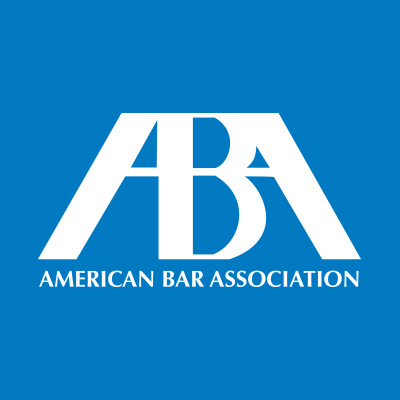ABA to ask law schools how tightening bar passage standards could impact accreditation compliance

A questionnaire about the proposed revision to Standard 316 (PDF), which deals with bar passage rates, will be sent to ABA-accredited law schools, the Council of the Section of Legal Education and Admissions to the Bar decided this weekend.
Under the current version of the standard, an accredited law school is not in compliance if 75 percent of its graduates in at least three of the last five calendar years have not passed a bar exam or if the school’s bar passage rate is not within 15 points of the state average. The proposed revision, which the ABA’s House of Delegates shot down in February, calls for law schools showing that 75 percent of their graduating classes pass a bar exam within two years.
The questionnaire will ask law schools how the revised standard, if implemented, might change their ability to be in compliance with the rule, according to a statement (PDF) from the section. Under ABA rules, the house can send the proposed rule back to the council twice for review with or without recommendations, but the council has the final decision on Standard 316 and other matters related to law school accreditation.
Survey results will be made public, according to the statement, and the proposed revision could return to the House of Delegates at the 2018 ABA Midyear Meeting.
At the council meeting, which took place June 2 and 3 in Portland, Oregon, the group also approved new questionnaires for bar passage rates and employment. Existing data for employment outcomes is “excessively complex and confusing,” council member Paul Mahoney wrote in a memo (doc) to the group, and could be simplified without losing value.
Much of the memo focused on reporting for law school-funded positions, and inaccurate media accounts of the data released in May 2017. The category change started with the class of 2015 data, following concerns that law schools deceived prospective students by hiring graduates to perform non-law jobs and counting them as employed for the employment outcomes survey.
Mahoney, a professor at the University of Virginia School of Law, suggests placing school-funded positions in “above the line” totals, with “below the line” totals including fellowships with annual salaries above $40,000. Other school-funded positions would go in their own category, “employed by school,” he wrote.
“Under our prior definitions, and consistent with the commonsense meaning of the terms, the jobs held by these fellowship recipients would be categorized as long-term, full-time, bar passage required. A prospective law student, journalist or other casual user of our data would expect to see them included in the left-hand cell in the first row of the Employment Summary Report, which purports to count graduates employed in long-term, full-time, bar-passage-required jobs,” Mahoney wrote in the memo.
“The council, however, decided to exclude such graduates from this total. We departed from the plain language and logic of the summary because of a concern that our prior practice was misleading to current and prospective law students,” he wrote. “We further decided, again in the face of our own definitions and normal English usage, to categorize school-funded employment as long-term or short-term based not on the duration of the job, but on its salary.”
New versions of the employment outcomes and bar passage questionnaires will be posted on the Legal Education Section’s website after staff completes necessary technical work, according to the statement.
Also, the council discussed an “idea” to combine the section’s Accreditation Committee and its Standards Review Committee with the council. The group agreed that there are good reasons to continue studying the proposal, and develop something more formal. It will revisit the idea at an August or November meeting, according to the ABA statement.
The section’s current structure moves too slowly for problem schools, and is not nimble enough to support innovation, Barry Currier, the ABA’s managing director of accreditation and legal education, wrote in a report (PDF) about the proposal. He also claimed that the section faces revenue challenges, including a reduction in support from the ABA. The section currently has between 15 to 16 meetings annually, and the proposal could cut that down to four.



